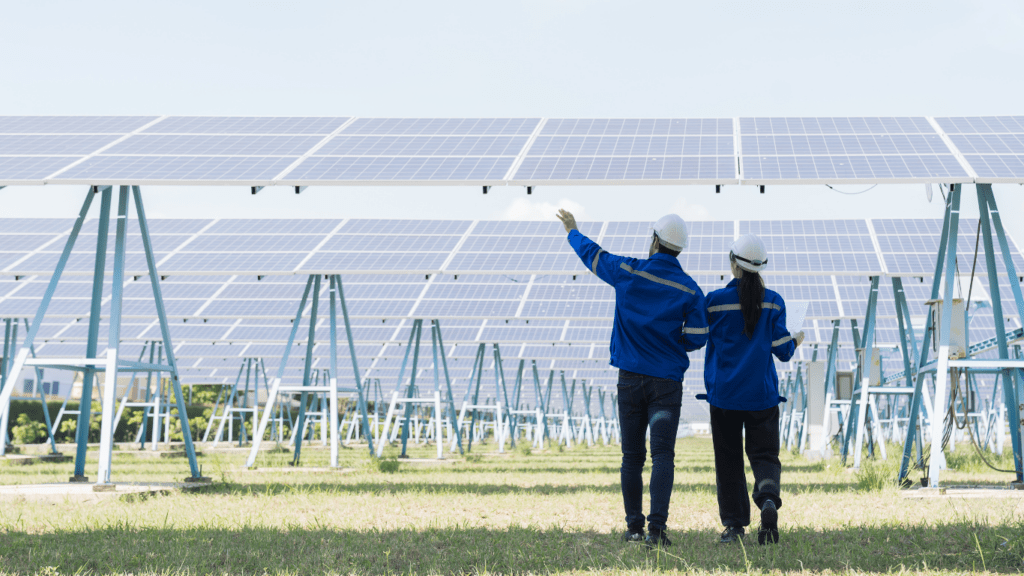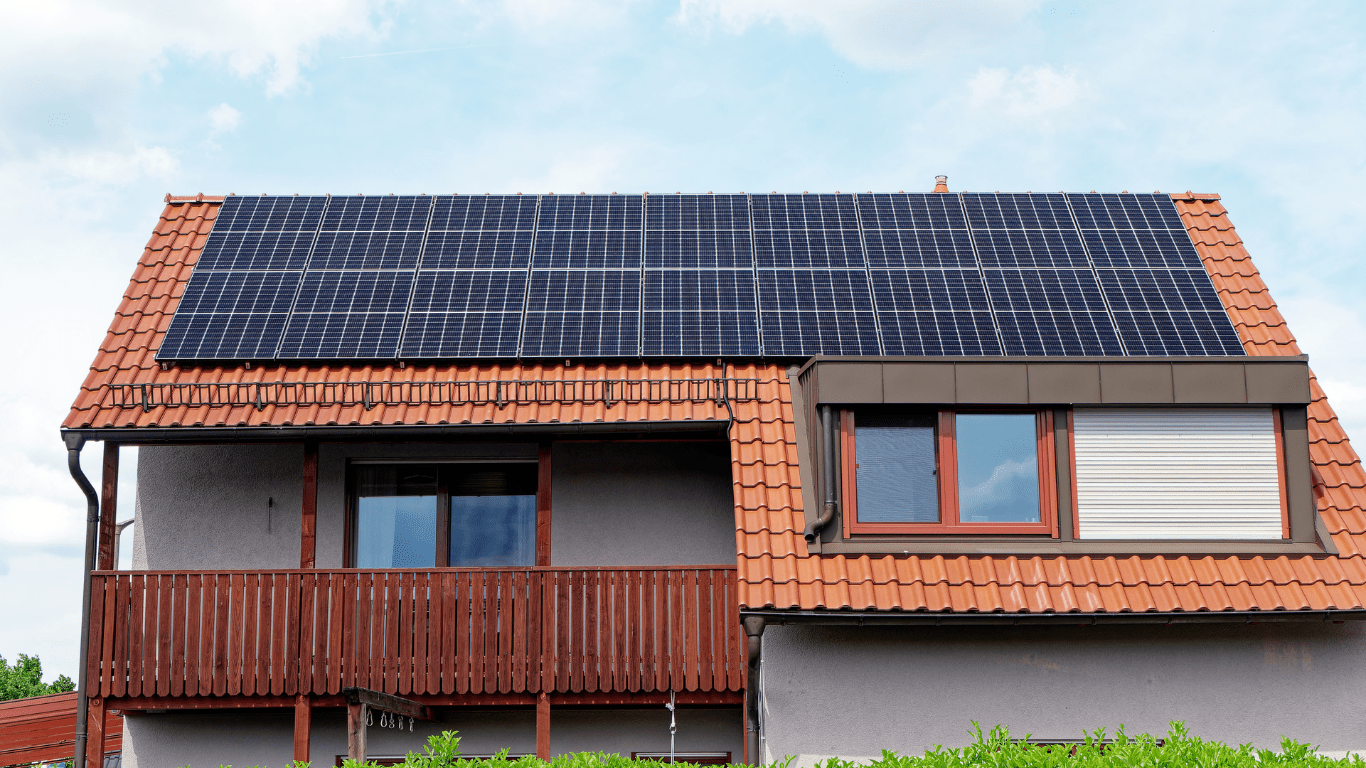Defining Renewable Energy Milestones
The Importance of Setting Benchmarks
Setting benchmarks in renewable energy is crucial for measuring progress and driving innovation.
By establishing clear targets and goals, countries can track their advancements in transitioning to sustainable energy sources.
These benchmarks serve as a roadmap, guiding nations towards a greener future by outlining specific objectives to achieve.
Assessing Global Progress
Assessing global progress in renewable energy allows countries to evaluate their efforts in comparison to others.
By monitoring advancements on a global scale, nations can identify best practices, learn from successful initiatives, and collaborate to accelerate the transition to clean energy.
This assessment enables countries to track their performance, identify areas for improvement, and collectively work towards a more sustainable and eco-friendly energy landscape.
Leading Nations in Renewable Energy
As an expert in renewable energy trends, I’ll now delve into the significant contributions of leading nations in embracing sustainable practices and driving the global green revolution.
1. China’s Dominance in Solar Power
In the realm of solar energy, China stands as a beacon of progress and innovation.
The country has strategically invested in solar power, emerging as the world’s largest solar energy producer.
With a commitment to sustainability, China’s substantial solar capacity showcases its dedication to reducing carbon emissions and fostering a greener future.
2. Germany’s Transition to Wind and Solar
Germany has exemplified a successful transition to renewable energy, particularly in wind and solar power.
This European nation’s proactive approach to sustainability has led to a remarkable increase in wind and solar installations.
By prioritizing clean energy initiatives, Germany serves as a role model for effective integration of renewables into its energy mix.
3. The United States’ Diverse Renewable Portfolio
The United States boasts a diverse renewable energy portfolio, comprising wind, solar, hydropower, and more.
With investments in clean energy sources across various states, the U.S. has made significant strides towards a sustainable future.
By fostering innovation and supporting renewable energy projects, the nation continues to enhance its environmental stewardship and energy security.
4. Denmark’s Pioneering Wind Energy Efforts
Denmark has been at the forefront of wind energy advancements, pioneering innovative solutions for sustainable power generation.
Through strategic investments in wind farms and technology, Denmark has established itself as a global leader in wind energy production per capita.
The nation’s commitment to renewable energy underscores its dedication to reducing reliance on fossil fuels and combating climate change.
5. Spain’s Rise in Solar and Wind Installations
Spain has witnessed a notable rise in solar and wind installations, positioning itself as a key player in the global renewable energy landscape.
By harnessing its abundant solar resources and wind potential, Spain has significantly expanded its renewable energy capacity.
This growth reflects the country’s proactive approach to clean energy adoption and its commitment to achieving a more sustainable energy mix.
By closely examining the renewable energy milestones of these leading nations, we gain valuable insights into the transformative power of sustainable practices and the essential role of global collaboration in advancing the green revolution.
Game-Changing Projects Around the Globe

Solar Power Revolution in the Sahara
In the vast expanse of the Sahara desert, solar power projects are paving the way for a renewable energy revolution.
The abundance of sunlight in this region makes it an ideal location for harnessing solar energy on a large scale.
Countries like Morocco have invested heavily in solar power plants, such as the Noor Ouarzazate complex, which aims to provide renewable energy to millions of homes.
The Sahara desert’s solar potential not only benefits the local regions but also contributes to global efforts in reducing carbon emissions and combating climate change.
Hydropower Exploits in Norway
Norway is known for its innovative use of hydropower to generate clean energy.
With an abundance of rivers and water resources, Norway has developed numerous hydropower plants that supply electricity to a significant portion of the country’s population.
Projects like the Hardanger Hydropower System showcase Norway’s commitment to sustainable energy practices.
By utilizing the natural flow of water to generate power, Norway sets an example for the world in incorporating renewable sources into its energy mix effectively.
United Kingdom’s Offshore Wind Farms
The United Kingdom has made substantial strides in harnessing the power of offshore wind farms to meet its energy needs.
Projects like the Hornsea Wind Farm, located off the Yorkshire coast, stand as testaments to the UK’s dedication to clean energy production.
By capitalizing on the strong and consistent winds found at sea, the UK has been able to increase its renewable energy capacity significantly.
These offshore wind farms not only reduce reliance on fossil fuels but also support the country’s transition towards a greener and more sustainable energy future.
Policy and Investment: Catalysts for Change
Government Incentives and Subsidies
Government incentives and subsidies play a crucial role as catalysts for driving the shift towards renewable energy sources.
Initiatives like feed-in tariffs, tax incentives, and renewable energy credits encourage investment in sustainable projects.
For example, countries offering feed-in tariffs guarantee renewable energy producers a fixed payment for the electricity they generate, making such ventures more financially viable.
Tax incentives further incentivize businesses and individuals to invest in renewable energy, fostering growth in the sector.
These governmental support mechanisms create a favorable environment for the development and expansion of green energy initiatives, propelling the transition towards a more sustainable future.
Private Sector Investment and Innovation
Private sector investment and innovation also serve as significant catalysts for advancing renewable energy technologies.
Companies investing in research and development drive innovation, leading to the creation of more efficient and cost-effective renewable energy solutions.
By partnering with startups and established firms in the renewable energy sector, private investors contribute to the scalability of renewable projects and the deployment of cutting-edge technologies.
The commitment of the private sector to environmentally friendly practices not only drives economic growth but also accelerates the adoption of renewable energy on a global scale.
Through continued investment and innovation, private companies play a vital role in shaping the future of sustainable energy production.
Challenges and Potential Solutions

Balancing Grid Stability and Intermittency
Ensuring grid stability while managing the intermittent nature of renewable energy sources like wind and solar is a key challenge in transitioning to green energy.
The fluctuating availability of sunlight and wind power can lead to variability in electricity generation, impacting grid reliability.
One solution is the integration of energy storage systems, such as batteries, to store excess energy during peak production periods and release it when needed.
This helps stabilize the grid and ensures a consistent power supply even when renewable sources are not actively producing electricity.
Overcoming Political and Economic Barriers
Political and economic barriers often hinder the widespread adoption of renewable energy technologies.
Policymakers play a crucial role in creating supportive regulatory frameworks that incentivize renewable energy investments.
Governments can implement policies like renewable portfolio standards, which mandate a certain percentage of electricity to come from renewable sources, fostering market demand for green energy.
Additionally, addressing economic challenges through subsidies and tax incentives can make renewable projects more financially viable, encouraging both public and private sector investments in sustainable energy initiatives.
Leveraging Technological Advancements
Technological innovations are essential for overcoming the challenges associated with renewable energy integration.
Advancements in grid management systems, smart energy technologies, and predictive analytics can help optimize the utilization of renewable resources and enhance grid efficiency.
For instance, smart grids enable real-time monitoring and control of electricity flow, improving system flexibility and reliability.
Furthermore, the development of next-generation solar panels and wind turbines with higher efficiency levels contributes to increased energy generation capacity and cost-effectiveness, driving the transition towards a more sustainable energy landscape.
The Social Impact of Renewable Energy
Job Creation and Economic Growth
Renewable energy plays a pivotal role in job creation and economic growth.
In countries leading the green revolution, such as:
- China
- Germany
- United States
investments in renewable energy projects have led to a surge in employment opportunities across the sector.
For example, in the United States, the solar industry alone employs over 230,000 workers, showcasing the significant job creation potential of renewable energy.
Furthermore, the shift towards green energy sources has a ripple effect on the economy by fostering innovation, attracting investments, and spurring overall economic growth.
Countries investing in renewable energy technologies often experience a boost in their GDP, demonstrating the positive correlation between sustainable practices and economic prosperity.
Improved Public Health and Environmental Quality
The adoption of renewable energy sources contributes to enhanced public health and environmental quality.
By reducing reliance on fossil fuels, countries like Denmark and Spain have significantly decreased harmful emissions, leading to cleaner air and lower instances of respiratory illnesses in their populations.
Moreover, transitioning to renewable energy mitigates environmental degradation by conserving natural resources and reducing pollution levels.
Clean energy initiatives, such as wind and solar power projects, not only reduce greenhouse gas emissions but also pave the way for a healthier environment for present and future generations.
Through prioritizing renewable energy solutions, countries are not only combatting climate change but also reaping the social benefits of improved public health and environmental quality.

About the author:
Johnkieer Wardo is the visionary founder behind Virtual Echo Lab, establishing the platform as a dynamic hub for news and insights across business, finance, health, lifestyle, and sports. With a strong entrepreneurial…Learn more



